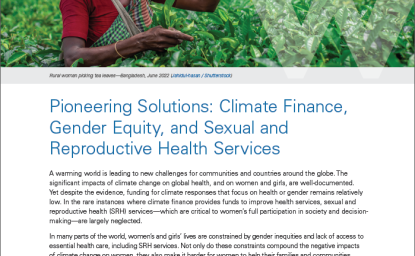Muslims across the world share the same main tenets of Islam but “differ significantly in their levels of religious commitment, openness to multiple interpretations of their faith and acceptance of various sects and movements,” according to a Pew Research Center report. Pew conducted interviews with 38,000 Muslims in 39 countries on their core beliefs and practice of Islam. The following are selected results from the August 2012 report “The World’s Muslims: Unity and Diversity.”

Muslims in the Middle East and North Africa tend to be most keenly aware of the distinction between the two main branches of Islam, Sunni and Shia. In most countries surveyed in the region, at least 40% of Sunnis do not accept Shias as fellow Muslims. In many cases, even greater percentages do not believe that some practices common among Shias, such as visiting the shrines of saints, are acceptable as part of Islamic tradition. Only in Lebanon and Iraq – nations where sizable populations of Sunnis and Shias live side by side – do large majorities of Sunnis recognize Shias as fellow Muslims and accept their distinctive practices as part of Islam.

The biggest generational differences are found in the Middle East and North Africa. In Lebanon, for example, Muslims ages 35 and older are 28 percentage points more likely than younger Muslims to pray several times a day, 20 points more likely to attend mosque at least weekly and 18 points more likely to read the Quran daily. On each of these measures, age gaps of 10 points or more also are found in the Palestinian territories, Morocco and Tunisia. And somewhat smaller but statistically significant differences are observed as well in Jordan and Egypt.

Click here for the full report.




